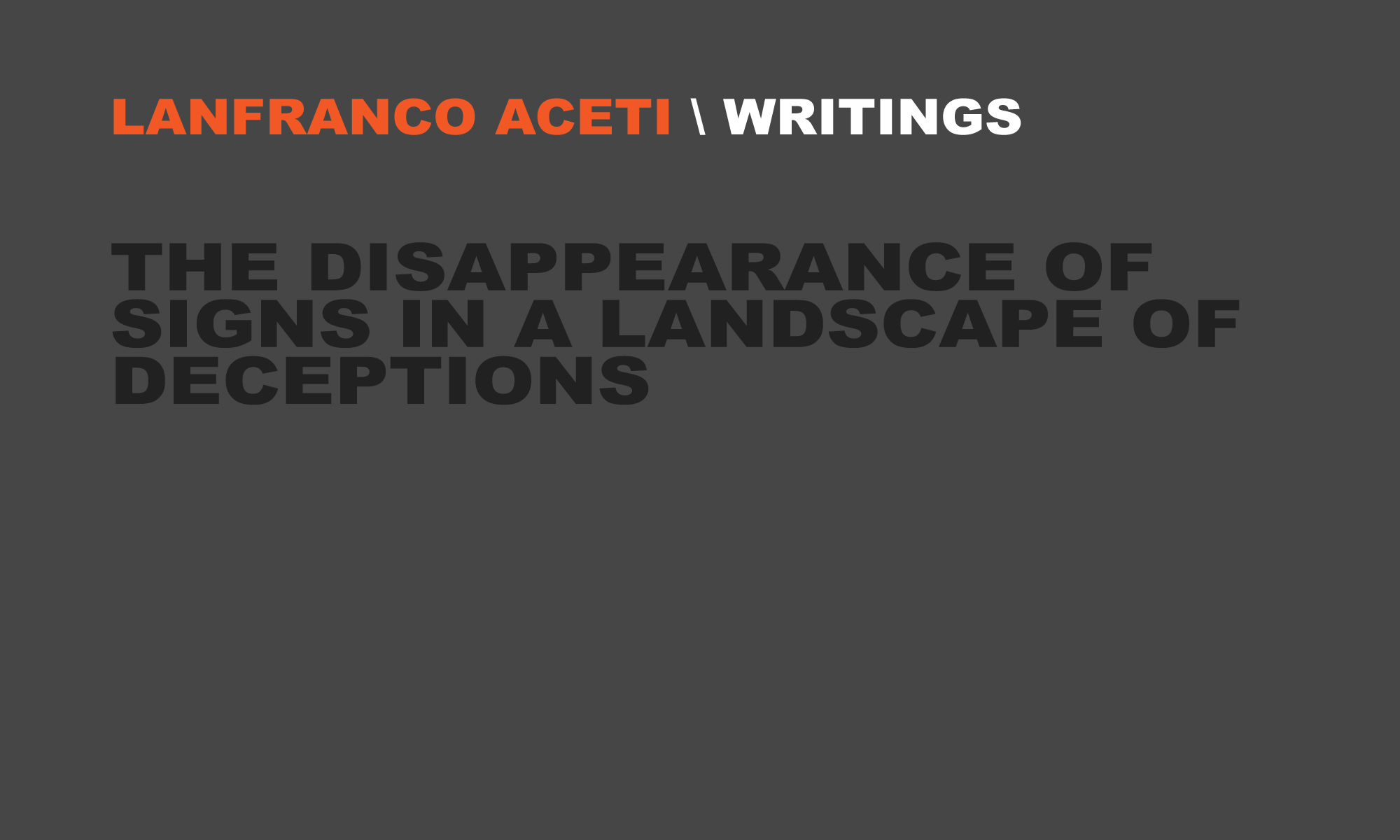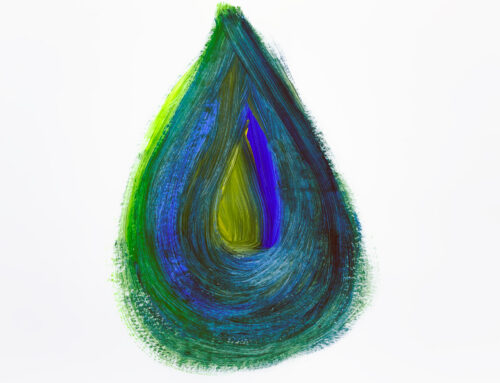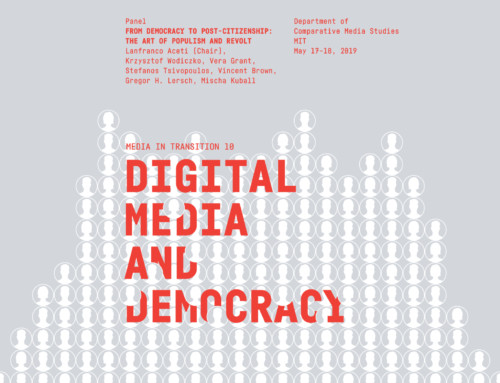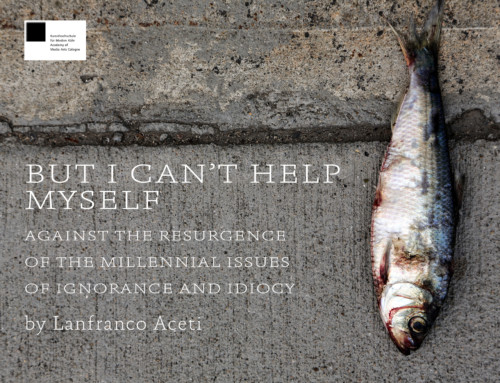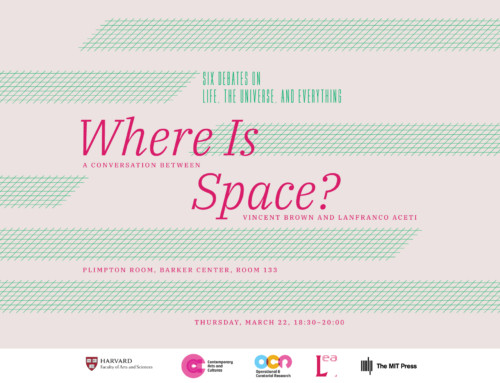THE DISAPPEARANCE OF SIGNS IN A LANDSCAPE OF DECEPTIONS
ABSTRACT
The artwork A Dream Came Through started as an idea in 2006 and was developed in 2008 before the current capitalistic crisis and temporary rebirth of a social conscience in the Western World. 2006 was a time when a critique of the capitalist models of production of riches and their lack of distribution was neither fashionable nor intellectually sensible.
The focus of the artwork is on the interpretations and re-interpretations of the roles of the migrant and the politics of labor. The performative element of the project also challenges and questions the structural frameworks of labor by highlighting a condition of commodification and exploitation that is globally enforced.
A Dream Came Through exploits the idea of being paid to do ‘nothing’ by asking a group of local workers to be paid to fan themselves for the duration of a standard working day – eight hours. The clash between the oneiric representation of a life-long ideal ‘being paid to do nothing’ and the reality of exploitative labor frameworks reveals the impossibility of any labor to be other than an institutional process of enslavement.
The artwork questions the representations of ‘dream societies’ that, having promised economic liberation, deliver no more than an experience of commodification and enslavement within the hierarchical realities of economic exploitation.
The art world, in this context, with its systems of art production does not escape these phenomena of commodification but rather, by presenting itself as a form of liberation and empowerment, reproduces the very hierarchies that it declares to be fighting.
KEYWORDS
Commodification, labor, enslavement, dream, contemporary art, performance

